The C-Suite Intelligence
Analyzing the forces shaping global financial markets, from geopolitics to macroeconomics
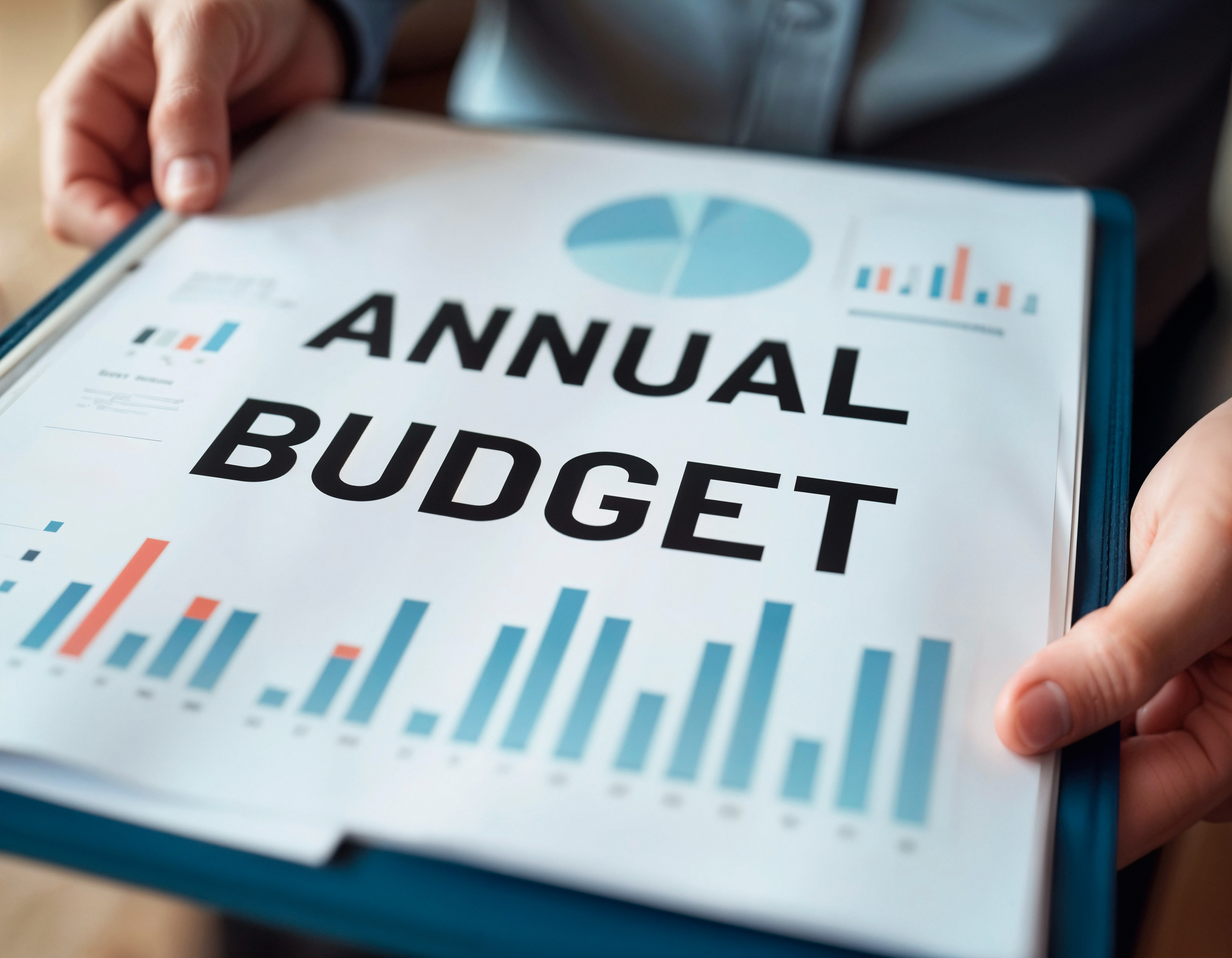
India Union Budget 2025 -26 Sectorial Impact
Budget 2025 boosts thermal efficiency, modernizes grids, and strengthens DISCOM financial stability
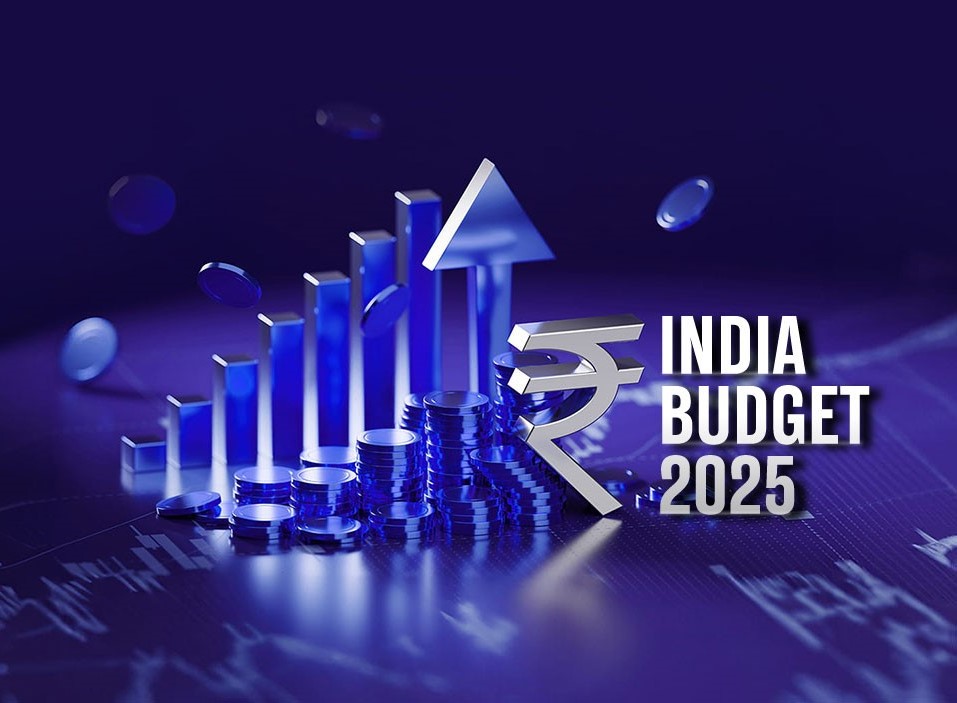
India Union Budget 2025 Detailed Analysis
Comprehensive Analysis of India’s Union Budget 2025: Key Announcements and Sectoral Allocations, Budget 2025 Breakdown: Sectoral Allocations, Economic Roadmap, and Market Insights

Solar Systems, Devices, And Components Goods Order 2025 – India
The Ministry of New and Renewable Energy (MNRE) has issued a critical notification, the Solar Systems, Devices, and Components Goods Order, 2025, introducing revised efficiency and compliance standards for solar photovoltaic (PV) components in India.

Is Indian Hydrogen Market not fit for SME’s as Large Firms dominate?
It is indeed true that the initial excitement or buzz around green hydrogen business in India stands reduced with the initial enthusiasm from companies of all sizes entering India's green hydrogen sector has diminished, leading to a landscape increasingly dominated by large corporations.
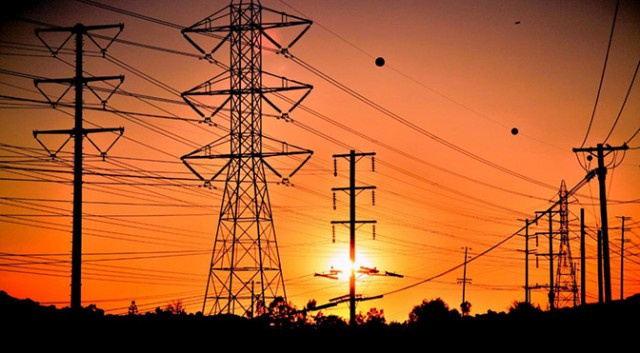
TGSPDCL and TGNPDCL have submitted proposals before the TGERC for amendment to model solar PPA
The Telangana Electricity Regulatory Commission (TSERC) has received proposals from the Telangana distribution companies (TGDISCOMS), namely the Southern Power Distribution Company of Telangana Limited (TGSPDCL) and the Northern Power Distribution Company of Telangana Limited (TGNPDCL).
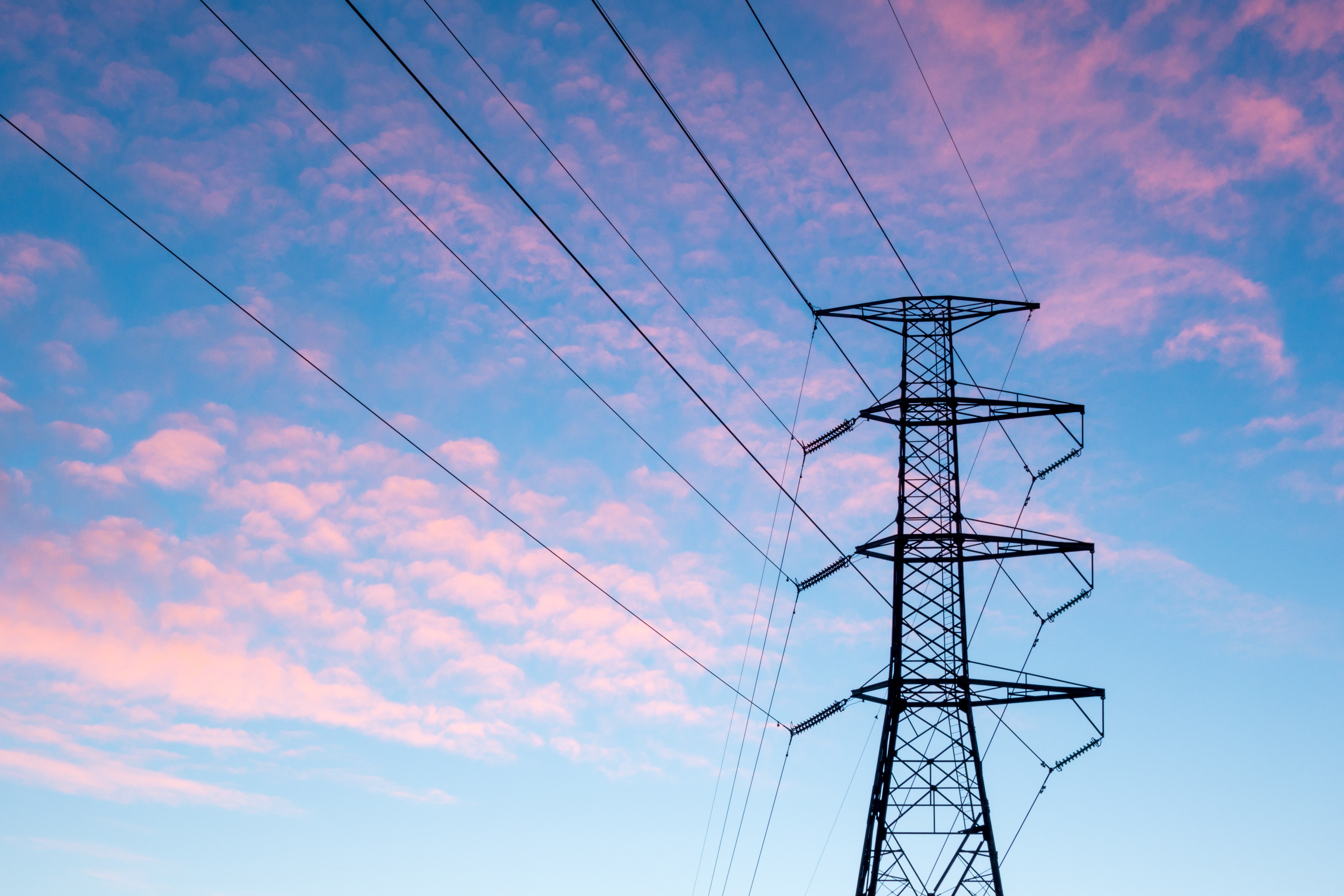
CERC DSM 2024: Suo-Motu Order on Recovery of Legacy Dues and Its Impact on Discoms and Ancillary Services
Eninrac’s insights upon Recovery of legacy dues in the Deviation Settlement Mechanism (DSM) Pool Account in pursuance of DSM Regulations, 2024. NLDC’s communication reflects ambiguity in the minds of some of the discoms about the order dated 15.10.2024
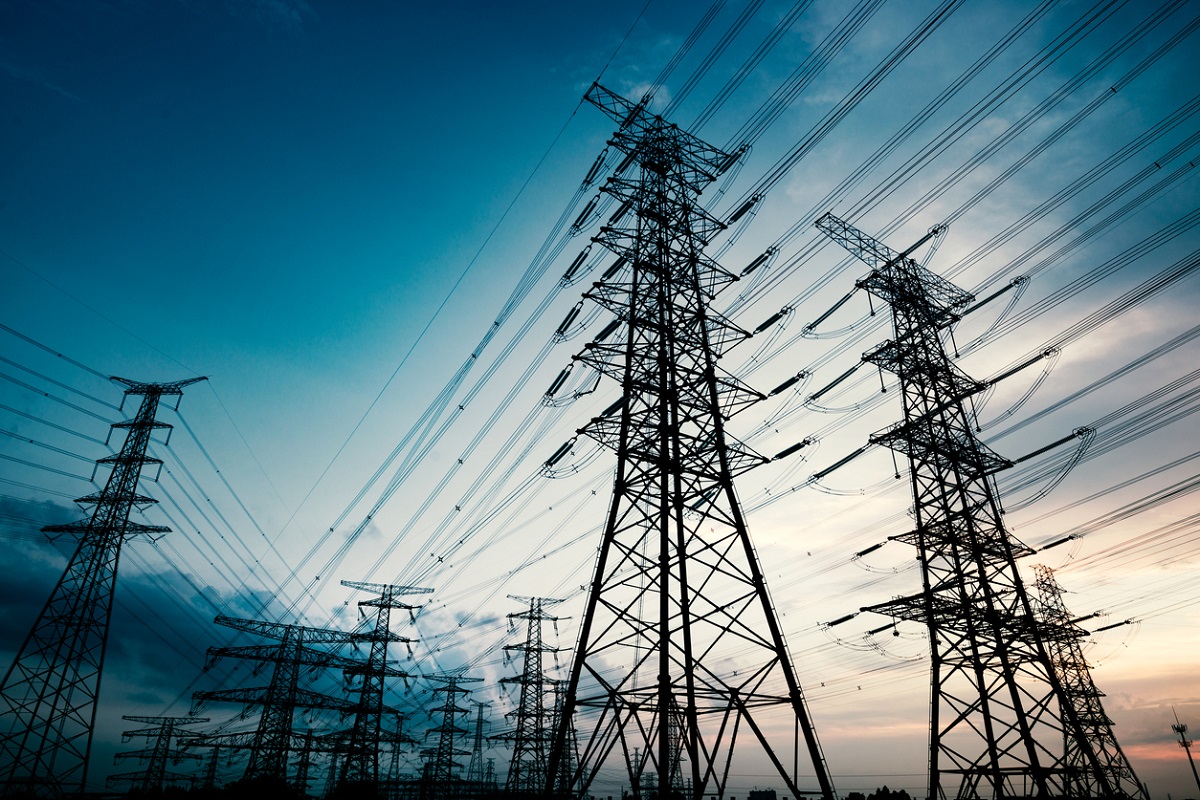
KERC Draft 2024: Ancillary Services Regulations Overview for Karnataka's Grid Reliability and Efficiency
The draft regulations aim to establish a robust ancillary services framework to ensure grid reliability, operational efficiency, and frequency stability amidst growing renewable energy penetration and demand complexities. These regulations apply to intra-state entities, including power generators, transmission and distribution licensees, and entities with energy storage or demand-response capabilities.
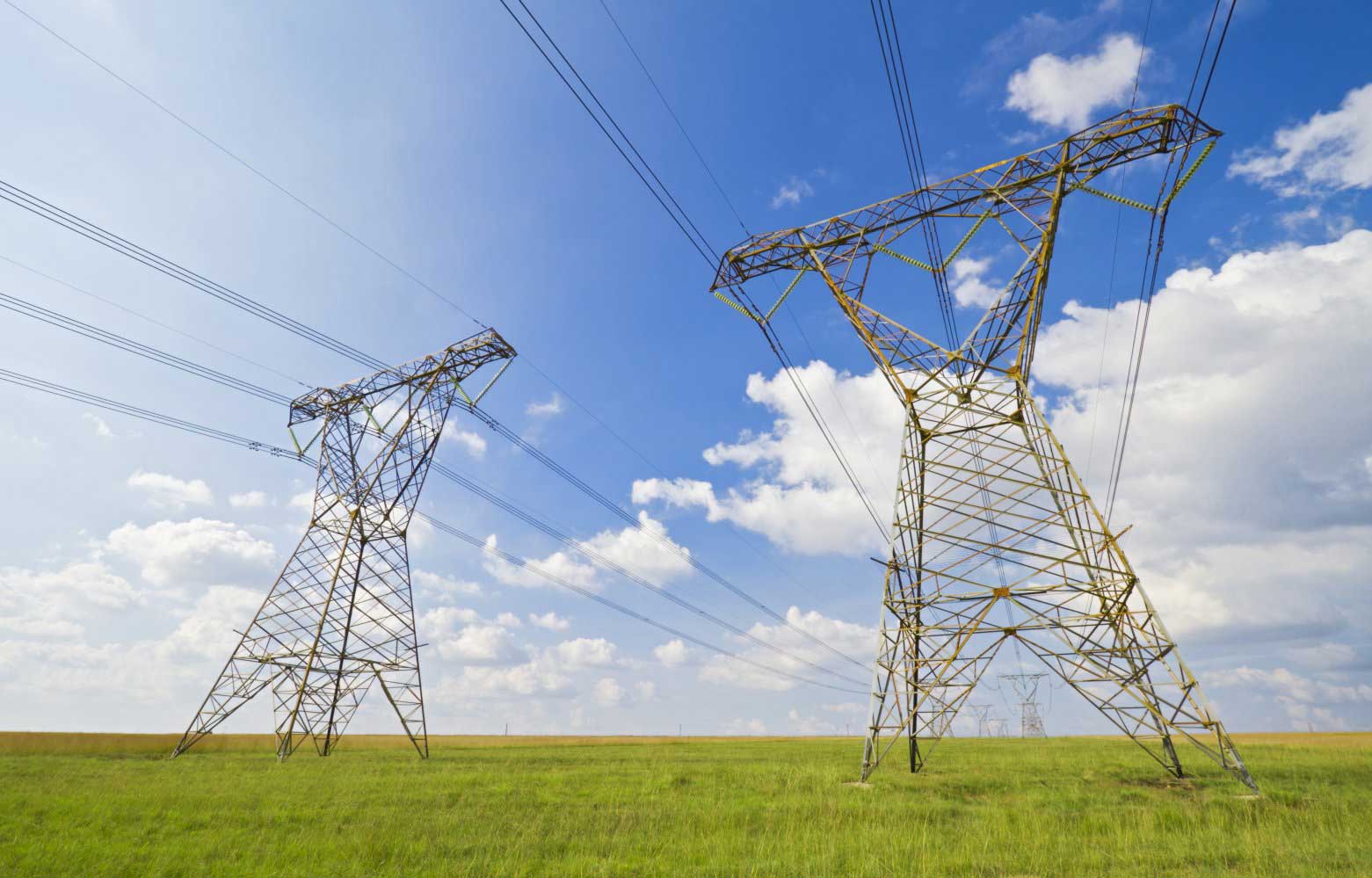
2024 CERC Cross-Border Trade Amendments: Key Impacts on India’s Electricity Sector and Stakeholders
Eninrac Insight: Analysing the impacts of the provided order (Petition No. 11/SM/2024) dated 22nd December 2024, by the Central Electricity Regulatory Commission (CERC) involves understanding the broader consequences on various stakeholders involved in the electricity generation and distribution ecosystem. The impact upon each stakeholder is enlisted

The BESS market potential for C&I consumers in India unlocks new growth opportunities
The key objective of the article is to understand the opportunity for BTM BESS application in India for C&I Consumers requirement from 30 kWh to 10 MWh and FTM application of more than 10 MWh. The growing penetration of variable renewable energy in GRID for energy transition shall be a challenge to cater for India in by 2032.